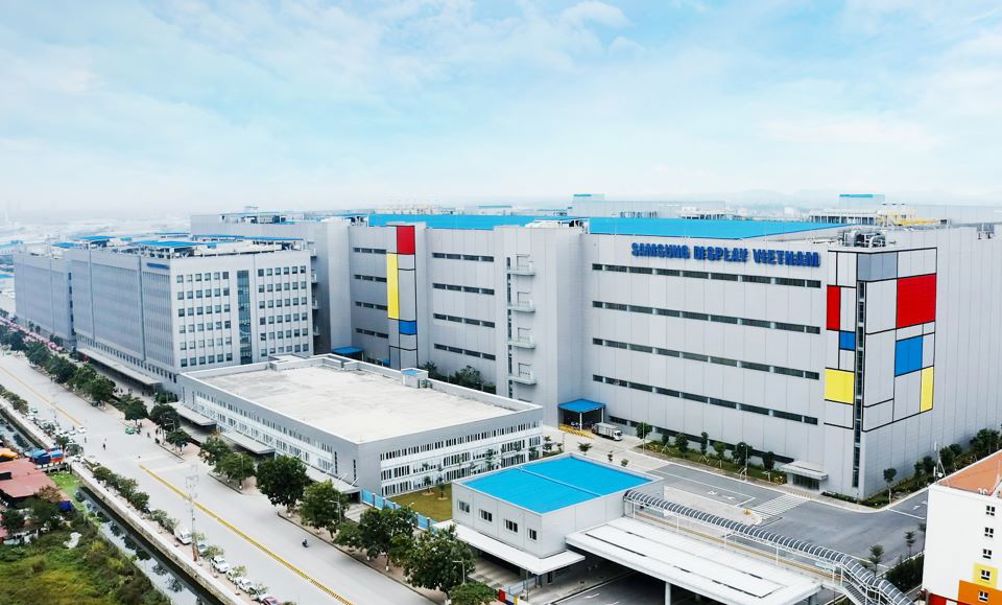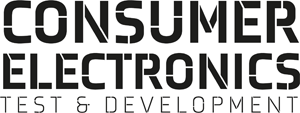This milestone was achieved in accordance to UL 2799 for Zero Waste to Landfill validation conducted by UL Solutions.
UL Solutions Zero Waste to Landfill validation is internationally recognized for assessing a company’s commitment to recycling resources. UL evaluates the recycling rate of each campus over the previous year, then assigns grades such as silver (89.5–94.4%), gold (94.5–99.4%) and platinum (99.5–100%) based on the respective recycling rates.
The South Korean company first achieved a platinum rating at its Asan campus in 2020. The following year, the three other domestic campuses in Asan2, Cheonan and Giheung, along with three overseas campuses, SDD (Dongguan, China), SDT (Tianjin, China) and SDN (Noida, India), also achieved the platinum grade. This year, SDV (Vietnam) significantly increased its resource circulation rate and received a platinum rating.

Recycling efforts include repurposing waste PVC and glass for high-value uses. Waste PVC, generated during the dismantling and replacement of production lines, is now being recycled as raw materials. Additionally, waste glass, produced during the display manufacturing process, is now being repurposed for high-value uses such as glass fiber and paving block materials.
Samsung Display has also made significant strides in waste reduction. In 2023, the company generated about 150,000 tons of waste across all campuses, marking a decrease of more than 20% on the approximately 190,000 tons of waste generated in 2021.
“Achieving the highest grade for Zero Waste to Landfill at all campuses is the result of faithfully implementing our environmental management strategy,” said Kunhyung Lee, head of Global Infra Technology at Samsung Display. “The transition to a resource circulation system is recognized as an essential element of sustainable management. We will continue to expand waste reduction and resource recovery efforts.”

